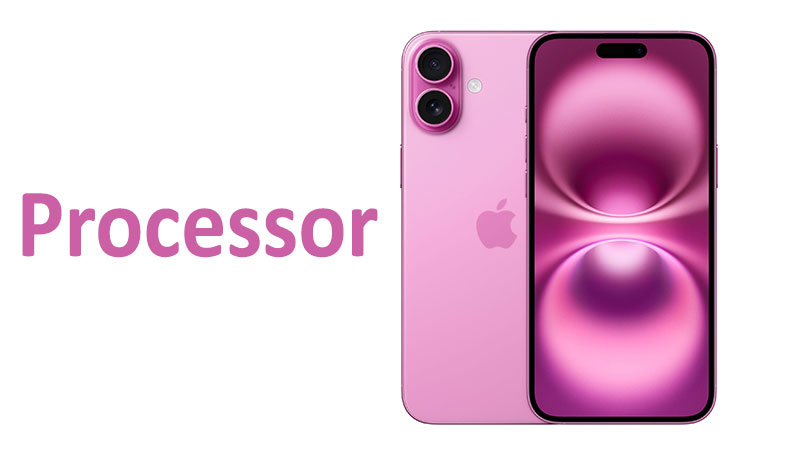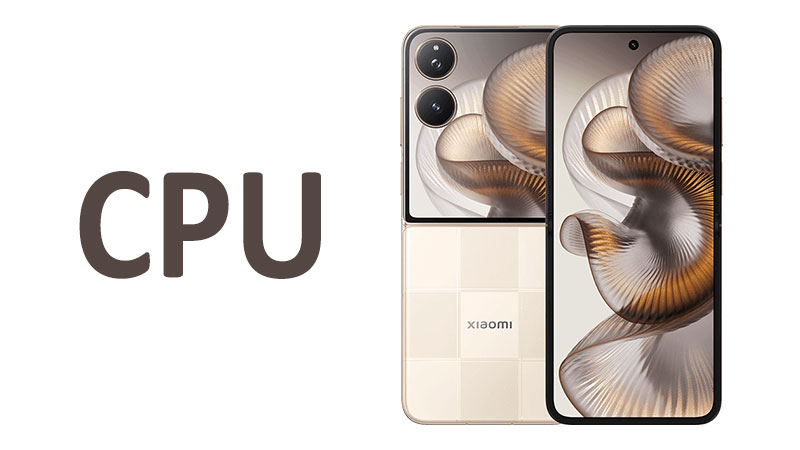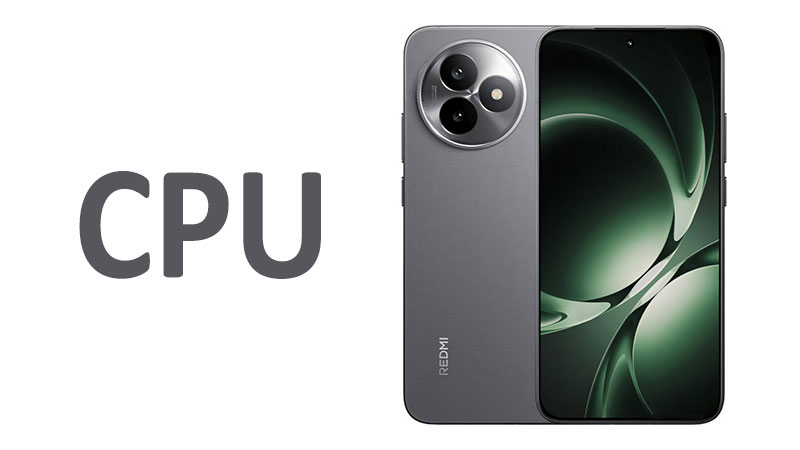The modern smartphone is far more than a communication device; it’s a powerful pocket computer. At its core, the processor acts as the brain, dictating everything from app responsiveness and gaming performance to battery life and advanced AI capabilities. When considering a new device, understanding the heart of the machine is crucial. This is especially true with the release of the Apple iPhone 16 Plus Processor, the A18 chip, which promises a new level of performance and efficiency. This article will delve into a comprehensive review of this new silicon, exploring its architecture, performance benchmarks, and what it means for the everyday user. We’ll examine how it stacks up against its predecessor and key competitors, providing you with all the information you need to make an informed decision.
A Detailed Look at the Apple A18 Chip
The A18 chipset in the iPhone 16 Plus is a marvel of modern engineering, built on a cutting-edge 3nm process. This smaller manufacturing process allows for more transistors to be packed into the same space, leading to a significant boost in performance and power efficiency. The A18 features a Hexa-core CPU, with a configuration of two high-performance cores and four energy-efficient cores. This hybrid architecture is designed to handle demanding tasks with ease while minimizing power consumption during lighter use. The high-performance cores are clocked at an impressive 4.04 GHz, a first for an Apple A-series chip, while the efficiency cores run at 2.20 GHz. Complementing the CPU is a 5-core Apple GPU, engineered to deliver top-tier graphics performance.
Specialized Comparisons
When we compare the A18 in the iPhone 16 Plus to the A16 Bionic chip found in the iPhone 15 Plus, the improvements are clear. The A18 boasts a significant CPU performance boost of up to 30% over the A16 Bionic, making day-to-day operations feel even snappier. In terms of graphics, the A18’s 5-core GPU offers a 40% improvement in performance, bringing hardware-accelerated ray tracing to the non-Pro lineup for the first time. This feature, previously exclusive to the A17 Pro, enhances visual quality in games with more realistic lighting, reflections, and shadows.
Comparing the A18 to competitors like Qualcomm’s Snapdragon 8 Gen 4 and MediaTek’s Dimensity 9400, Apple’s chip holds its own. While some benchmarks show rivals taking a slight lead in specific GPU tests, the A18’s CPU performance is consistently at the top of the industry. The tight integration between Apple’s hardware and software ensures that the A18 provides a seamlessly optimized user experience that often surpasses raw benchmark scores.
Pros and Cons of the A18 Chip
Pros:
- Exceptional Performance: The A18 delivers a substantial leap in both CPU and GPU performance. It handles everything from multitasking and demanding apps to graphic-intensive games with ease.
- Superior Efficiency: The 3nm process and optimized core architecture contribute to remarkable power efficiency. This translates into extended battery life, a major selling point for the iPhone 16 Plus.
- Advanced AI Capabilities: The new 16-core Neural Engine is a powerhouse, capable of 35 trillion operations per second. This speed is crucial for powering Apple Intelligence features, which are deeply integrated into the iOS 18 operating system.
- Improved Gaming Experience: The inclusion of hardware-accelerated ray tracing on the standard models is a game-changer, elevating the visual fidelity of mobile games to new heights.
Cons:
- GPU Gap: While the A18’s GPU is a significant upgrade, it can still fall slightly behind the flagship offerings from some competitors in specific graphics benchmarks.
- “Pro” Chip Differences: The iPhone 16 Pro and Pro Max are equipped with the more powerful A18 Pro chip, which features an additional GPU core and other enhancements. This creates a performance divide within Apple’s own lineup, a potential disappointment for those expecting the absolute best performance on the standard Plus model.
Important Points for the Buyer
For those considering the iPhone 16 Plus, the A18 processor is a key reason to buy. Its speed ensures the phone will feel fast and responsive for years to come. The power efficiency of the chip, combined with the large battery of the Plus model, results in one of the longest-lasting iPhones ever. Users can easily get up to two days of general use on a single charge. The A18 also provides the necessary power for new software features, including Apple Intelligence, which brings advanced on-device AI capabilities to the phone. This makes the iPhone 16 Plus more future-proof than its predecessor.
Conclusion
The Apple iPhone 16 Plus Processor, the A18 chip, represents a significant step forward for Apple’s standard-tier iPhones. Its new 3nm architecture, powerful Hexa-core CPU, and 5-core GPU deliver a user experience that is both incredibly fast and remarkably efficient. The inclusion of features like hardware-accelerated ray tracing and a more powerful Neural Engine brings a new level of performance to the device, making it a compelling choice for gamers, power users, and anyone who wants a phone that will stay relevant for years. While the Pro models retain a performance edge with the A18 Pro, the A18 chip in the iPhone 16 Plus is more than sufficient for the vast majority of users. It offers a winning combination of speed, efficiency, and advanced features, making the iPhone 16 Plus a fantastic option for those who prioritize battery life and a large display without needing every single “Pro” feature.
FAQ
What is the clock speed of the iPhone 16 Plus’s processor?
The A18 chip has a Hexa-core CPU with two high-performance cores running at 4.04 GHz and four efficiency cores at 2.20 GHz.
How does the iPhone 16 Plus processor compare to the iPhone 15 Plus?
The iPhone 16 Plus’s A18 chip offers up to a 30% faster CPU and a 40% faster GPU compared to the A16 Bionic in the iPhone 15 Plus.
Does the iPhone 16 Plus support on-device AI features?
Yes, the A18 chip is specifically designed to power Apple Intelligence, enabling a suite of on-device AI features.
Is the iPhone 16 Plus processor the same as the one in the iPhone 16 Pro?
No, the iPhone 16 Plus uses the A18 chip, while the Pro models use the A18 Pro, which has a more powerful GPU and other enhancements.
How does the A18 chip improve battery life?
The A18’s 3nm manufacturing process and its highly efficient core design allow it to deliver high performance while consuming less power, which contributes to a significant increase in battery life.



